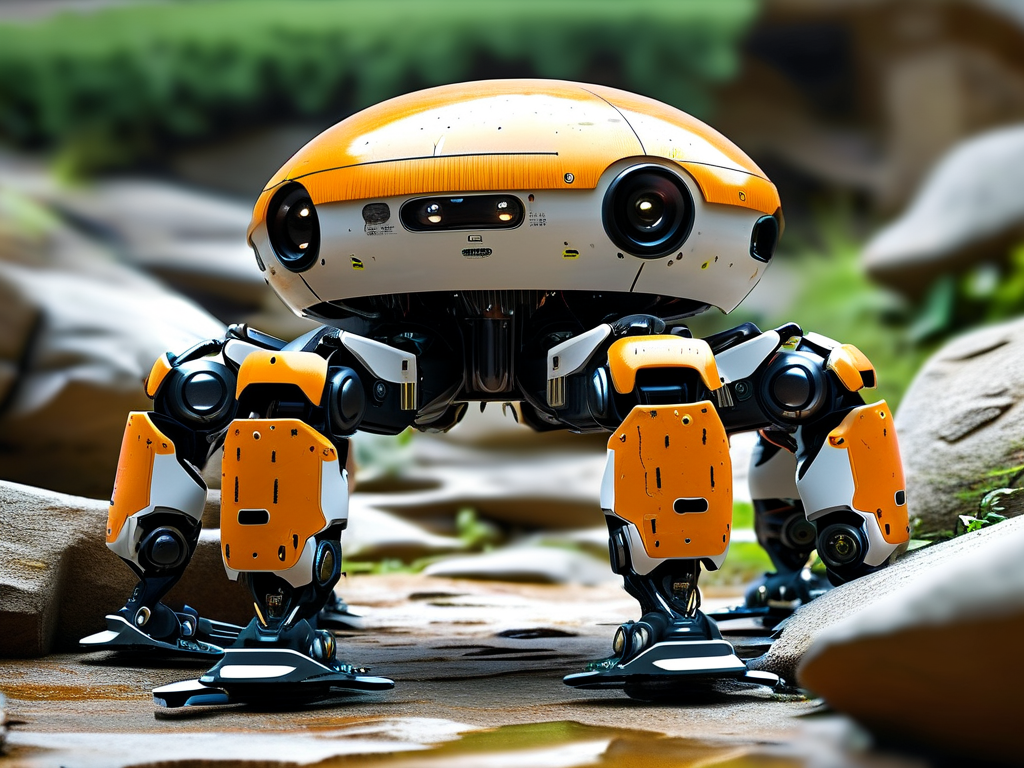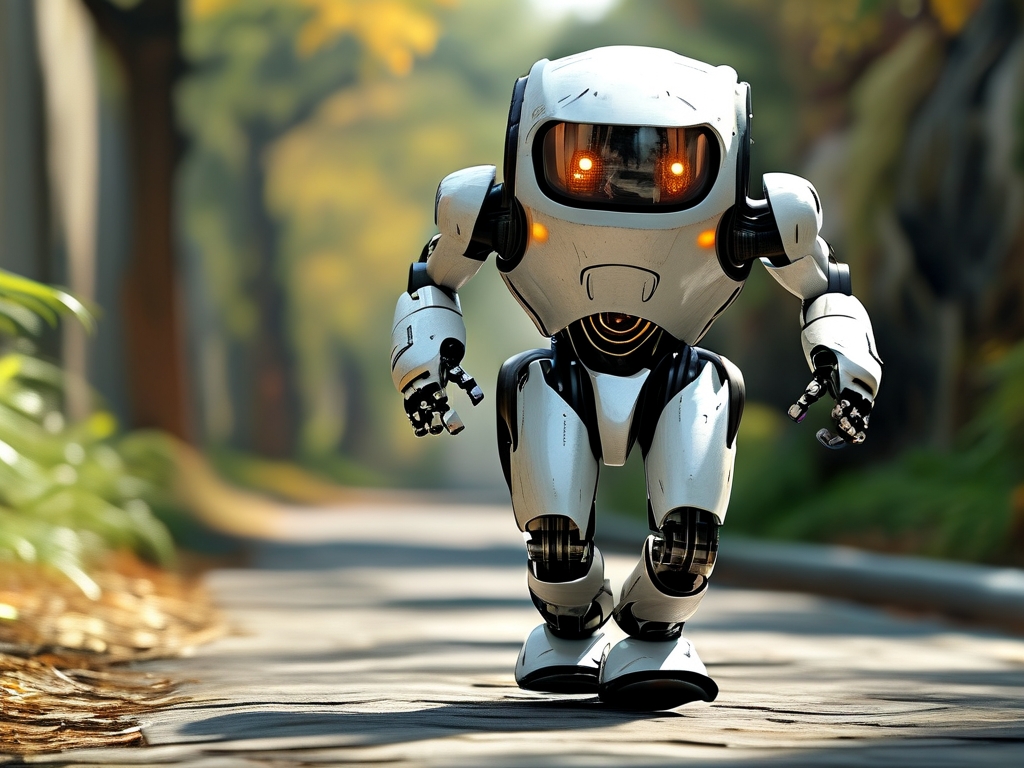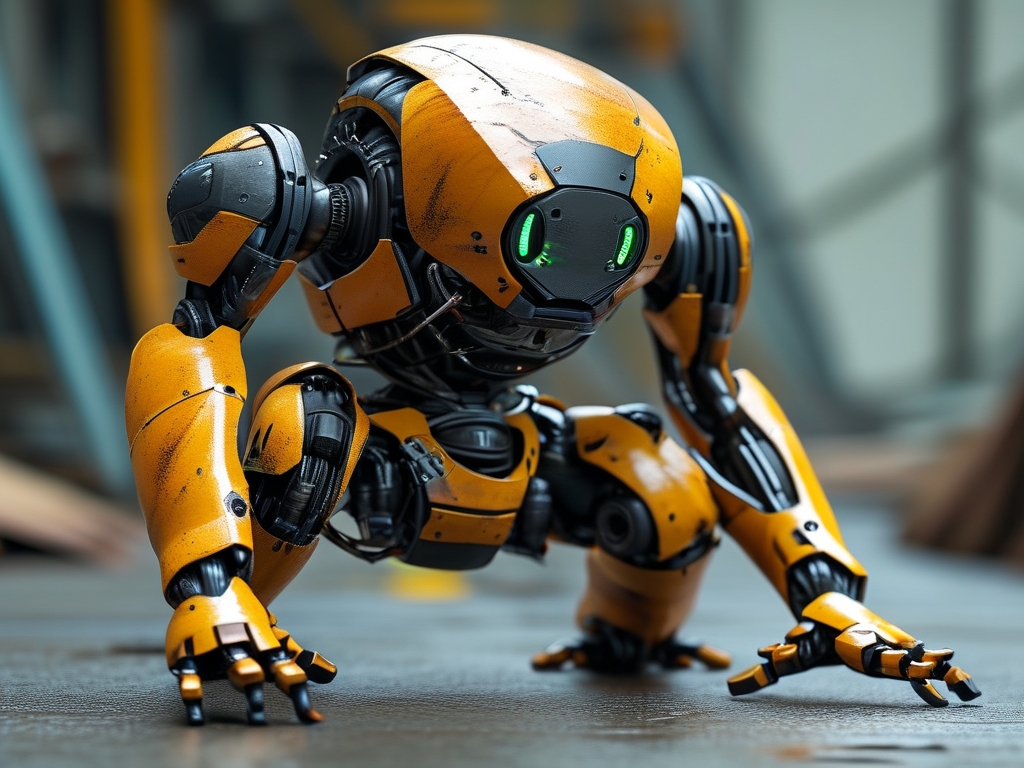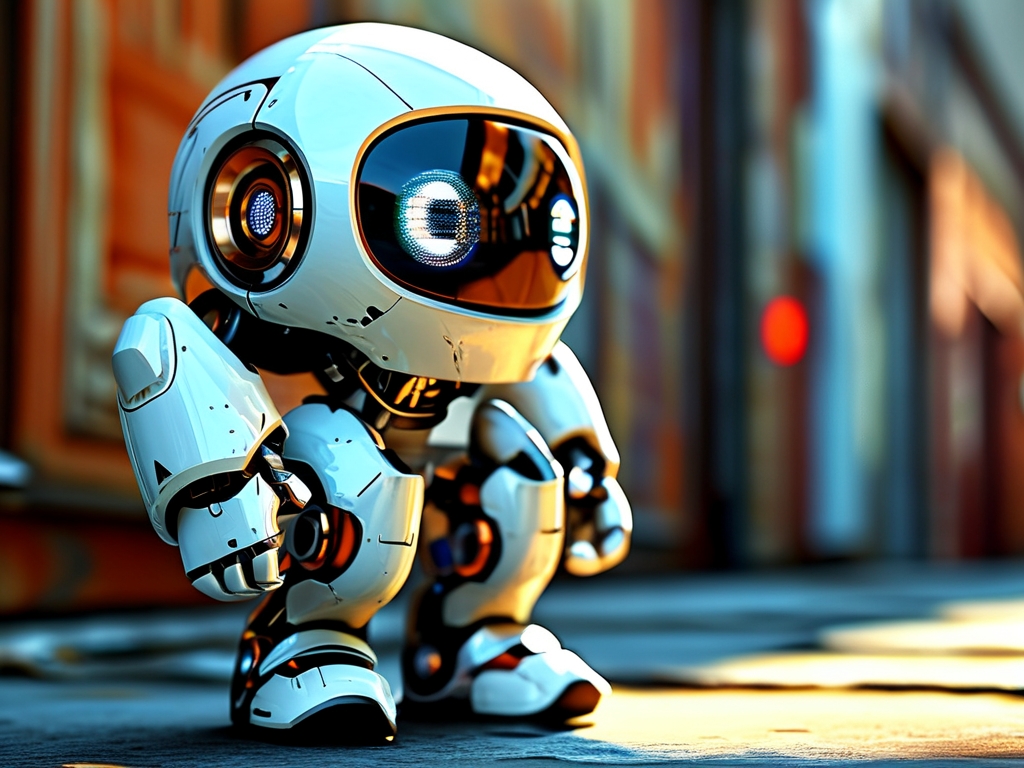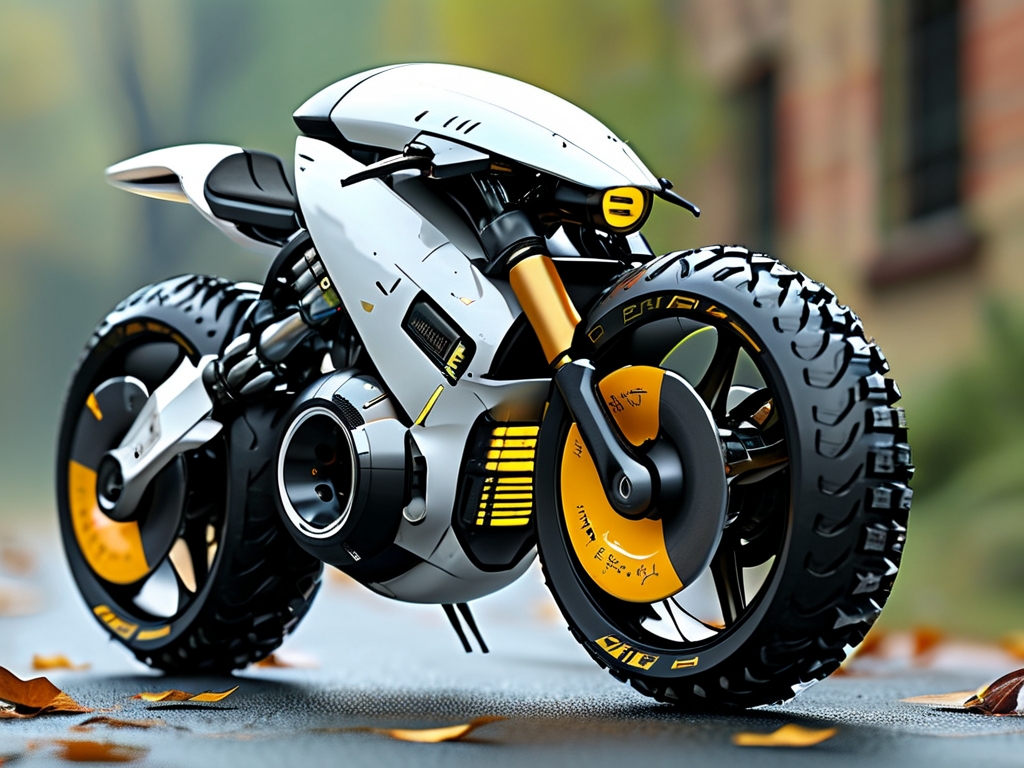The development of slider robots-machines designed to perform linear or planar motions with high precision-represents a frontier in automation and mechatronics. While these robots are critical in industries ranging from semiconductor manufacturing to biomedical device assembly, their technical complexities remain vastly underestimated. This article explores the multifaceted challenges in designing, controlling, and deploying slider robots, shedding light on why this technology demands interdisciplinary expertise and relentless innovation.
1. Mechanical Design Complexity
Slider robots rely on ultra-precise linear motion systems, often involving ball screws, linear guides, or magnetic levitation mechanisms. Achieving nanoscale accuracy requires minimizing friction, thermal expansion, and mechanical hysteresis. For instance, in photolithography machines used for chip fabrication, slider robots must position silicon wafers with tolerances under 10 nanometers. This demands materials with near-zero thermal expansion coefficients, such as Zerodur ceramics, and vibration-damping structures. Even microscopic imperfections in guide rails or bearing surfaces can cause positional drift, rendering the system unusable for high-precision tasks.
Moreover, the need for compact designs in applications like portable medical robots introduces conflicting priorities. Engineers must balance rigidity (to prevent deflection) with weight reduction, often resorting to topology-optimized components or carbon-fiber composites. These materials, however, pose machining challenges and escalate costs.
2. Control System Challenges
The dynamic behavior of slider robots adds layers of complexity to control algorithms. Unlike rotary joints, linear actuators involve discontinuous motion profiles and variable inertial loads. For example, a slider robot in a DNA sequencing machine must accelerate rapidly, decelerate to a stop, and hold position without overshoot-all while handling delicate biological samples. Traditional PID controllers struggle with such scenarios due to latency and nonlinearities like stiction (static friction).
Advanced control strategies, such as model predictive control (MPC) or adaptive sliding mode control (ASMC), are increasingly adopted. These systems require real-time feedback from high-resolution encoders-often optical or laser-based-capable of sub-micron measurements. However, integrating these sensors without introducing electromagnetic interference or mechanical resonance remains a hurdle. Additionally, machine learning approaches for predictive maintenance of slider systems are still nascent, as training models require vast datasets on wear patterns, which are scarce.
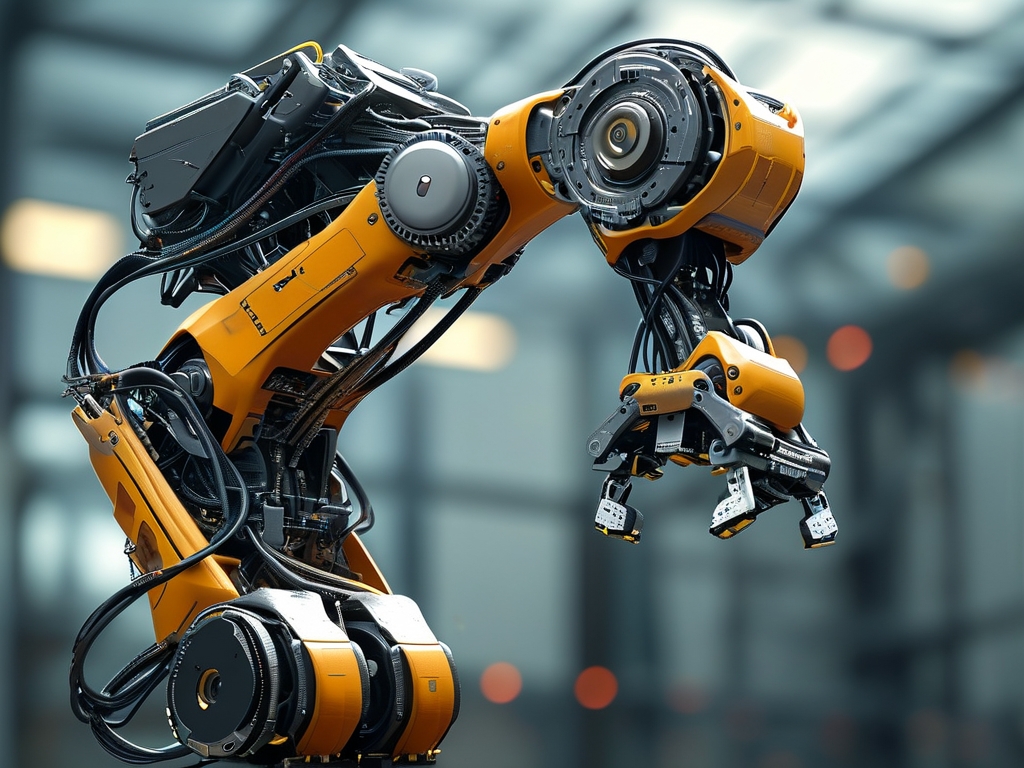
3. Thermal and Environmental Sensitivity
Temperature fluctuations pose a silent threat to slider robot accuracy. A 1°C change can induce a 10 µm expansion in a steel guide rail, catastrophic for micron-level tasks. Solutions like active thermal compensation-using embedded sensors and piezoelectric actuators-add cost and complexity. In cleanroom environments, lubrication of moving parts is another dilemma: traditional greases attract contaminants, while dry lubricants (e.g., PTFE coatings) wear out faster.
Humidity, dust, and even air pressure variations further destabilize performance. For space applications, such as Mars rovers' sample-handling arms, slider robots must operate in near-vacuum conditions where conventional lubricants evaporate. NASA's Perseverance rover, for instance, uses solid lubricants and sealed enclosures-a design choice that complicates maintenance and limits modularity.
4. Power Efficiency and Actuation Limits
High-speed slider robots consume significant power, especially in repetitive industrial tasks. Linear motors, while precise, are less energy-efficient than rotary motors paired with transmission systems. Regenerative braking and energy recovery systems are being explored, but their integration with existing architectures is still experimental.
Magnetic levitation (maglev) sliders eliminate friction entirely but demand massive electrical input and sophisticated cooling systems. The European Organization for Nuclear Research (CERN) employs maglev-based robots in particle accelerators, where precision outweighs energy concerns. For mainstream industries, however, the trade-offs remain prohibitive.
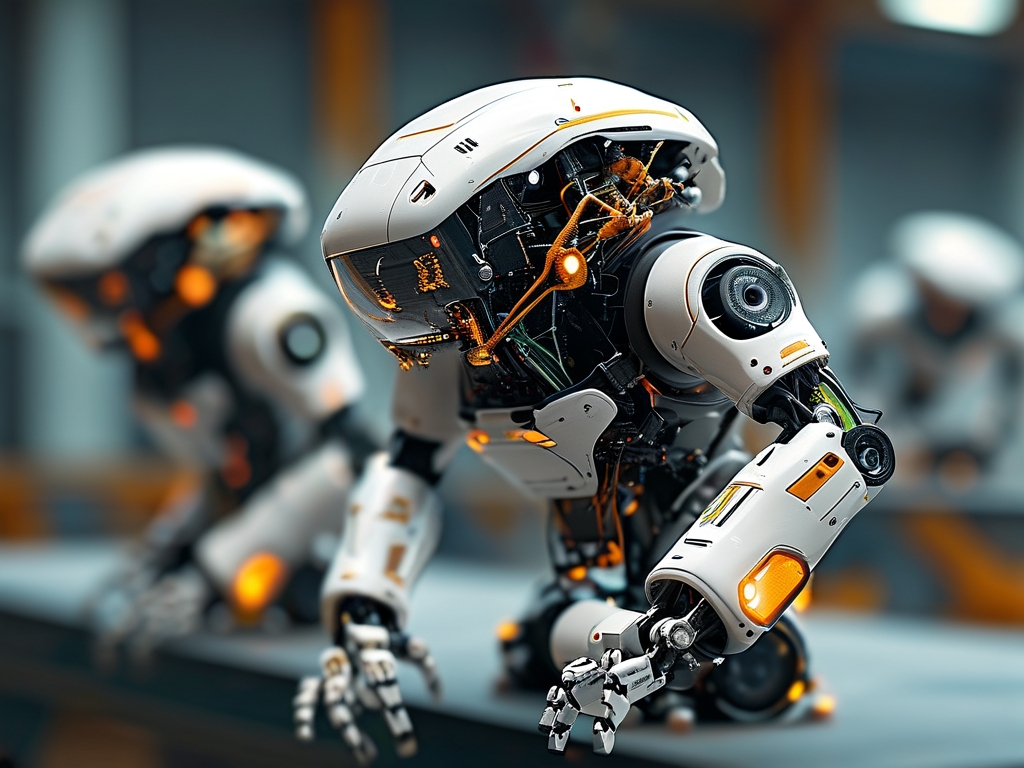
5. Interdisciplinary Collaboration Barriers
Slider robot development necessitates collaboration between mechanical engineers, control theorists, materials scientists, and software developers. Misalignment in priorities often stymies progress: mechanical teams prioritize durability, while software teams demand low-latency communication protocols. A case in point is the automotive industry's shift to electric vehicles (EVs), where battery module assembly requires slider robots to handle fragile, irregularly shaped cells. Resolving conflicts between speed (to meet production targets) and precision (to avoid damaging cells) has required iterative prototyping and cross-functional compromise.
6. Future Directions and Innovations
Emerging technologies promise to mitigate these challenges. Quantum dot-based sensors could enhance positional feedback resolution, while shape-memory alloys might enable self-adjusting guide rails. Additive manufacturing allows for lightweight, monolithic structures with embedded cooling channels. On the software front, digital twin simulations are reducing prototyping cycles by predicting mechanical wear and control instabilities before physical deployment.
In , slider robot technology is a testament to human ingenuity-but its evolution hinges on tackling interrelated mechanical, control, and environmental hurdles. As industries push the boundaries of precision and miniaturization, the demand for robust, adaptive slider systems will only intensify, driving innovation across engineering disciplines.


